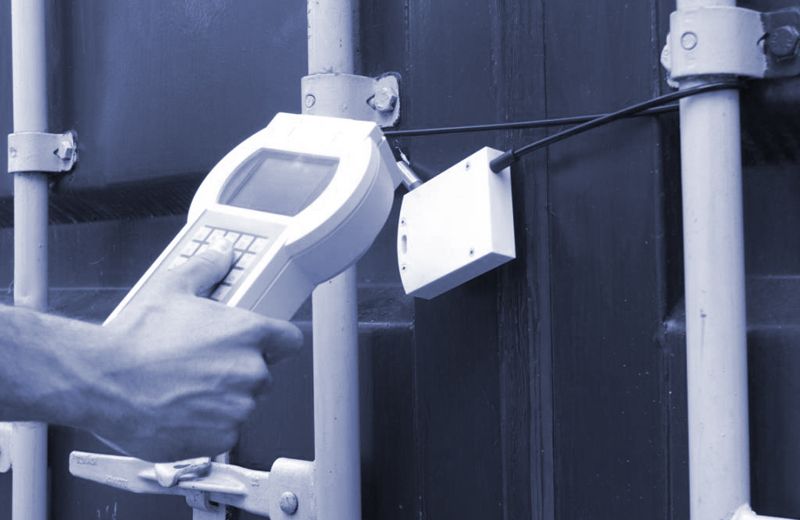info@taxadvocateindia.com 9810077152
15 Apr 2018

With the worldwide increase in trade and logistics, conventional mechanical sealing of containers is not only the tedious but the perilous job. To eradicate the insecurity, smuggling, illegal transport and most importantly physical examination, mechanical seating has been replaced by Electronic sealing of containers. The Central Board of Excise and Customs (CBEC) has issued a circular (circular no. 26/2017-customs) implementing electronic sealing of containers by exporters under self – sealing procedures. This will not only save the time but also eradicate the congestion inside the ports.
Exporters who were already using ceiling under the existing system of supervision are by default qualified for e-sealing of containers and can start practicing requiring no approval from the jurisdictional commissioner. Other exporters are mandated to have GST registration and filing of GST returns for e-sealing of containers. Also, requiring permission from the Jurisdictional Commissioner for the same. Exporters can only e-seal the containers if they have GST registration and filing GST returns. Thus, it is foremost for all the businessmen indulged in import/export to acquire GST registration in the beginning as it has become mandatory for importing goods in India.
Procedure for E-Sealing of Containers
Eligible exporters can e-seal only fully loaded containers requiring no supervision of a customs officer. Only the fully loaded containers received at a port with e-seal will be considered equivalent to a container sealed under the supervision of a customs officer. If in a case of full container load is received at CFS without e-seal then it will be taken for usual treatment of RMS. Likewise, if such containers are received at ICDS with no e-seals, then it will be considered to subject to existing risk management specifications. Normal processing with supervision will be subjected in case of tampered e-seals or any other good reasons.
Although there is a relief for jurisdictional commissioner in terms of supervising but at the same time exporters must inform the concerned officer regarding all the details of the area where the stuffing of the container is taking place. Jurisdictional Officer at the rank of superintendent must be duly informed not less than 15 days prior to the planned involvement of the assignment by the Exporter who indulges to seek the e-sealing of containers. The officer then will submit the report to the Assistant commissioner of customs after conducting an inspection on the premises. The Assistant commissioner of Customs will further forward it to the Commissioner of Customs who finally has the right to allow the electronic sealing of the containers. Only after the allowance, the exporter can pursue e-sealing. Exporter needs to intimate the concerned officer before the commencement of every session of e-sealing.
If in case the report submitted is unsatisfactory then the exporter cannot pursue self sealing and in such case, he has to bring the containers to the port for mechanical sealing.
Self- Clearance of Export goods can be expected only when the exporters file the Shipping bill with the Digital signatures. Along with it, a distinctive number should be mentioned to the tamper- proof e-seal on the shipping bill by the exporter. Along with it, other information should be specified like personal details, GST number, details of the goods, IEC code, tax invoice number, details of the official signatory and the unique shipping bill number in the e-seal.
Need Help?Contact Us
All rights reserved
